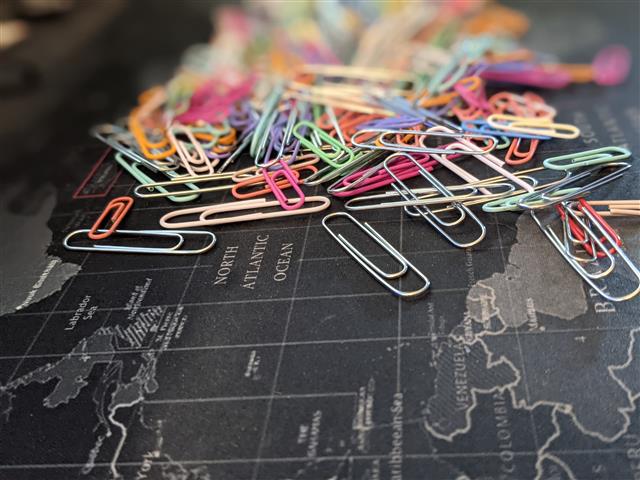One thing you can count on when bringing home a new dog is the fact that he will nip and bite at your fingertips during the first few days or weeks. This is totally normal and there is no reason to get frantic that you may have purchased an aggressive dog. However, like any hostile behavior you wish to change about your dog, you need to take a few steps so that your dog understands that biting is not something you as the “pack leader” want him to continue doing. In other words, he has to understand that biting is a huge no-no. So how do you change biting behavior which is quite natural for dogs? Well, first and foremost, you have to determine his age. This is very important because dogs under the age of about 15 weeks have to be handled slightly differently when it comes to mouthing and biting than dogs over the age of 15 weeks. 1. First, you should begin to show your dog that you prefer his licking instead of biting. When he changes his behavior and licks at your fingertips or hands, make sure to praise him very gently.
Dog training can overwhelm some people, but it really isn’t that difficult once you have these important keys to guide you. Find out what works and what to do when it doesn’t. Dog training provides your dog with important lessons. They can save his life and they can protect you, your family, your neighbors, and your household items. Sadly, many dogs end up at the local pound because they never learned how to adapt to life within human society. This is often because owners don’t know proper dog training methods. When their dogs seem unable to make the transition, owners feel their only alternative is to let the dog go. This doesn’t have to be the case for you. All it takes is knowing the right dog training techniques that work, how to apply them effectively, and where to look for help. One of the first lessons is for you.
Having more control over your dog is what most dog owners would like to have. When it comes to dog training collars, you are in fact going to get that, more comfort and more control, and be able to lead your dog more effectively. There are essentially two main types of head halters available for dogs. One is called the gentle leader and the other one is called the Halti. Both dog training collars are effective with the gentle leader coming out in front by having a better design and more control. It has a much simpler design, which sits behind the dog’s ears, then comes around the muzzle. It is connected under the chin with nylon straps. This device is not a muzzle. You will gain control over your dog by controlling his nose by using the gentle leader, and the dog is sure to follow. Second in line when it comes to dog training collars, is the Halti. It is made along with the same basic principles as the gentle leader.
When Your Dogs Don’t Get Along with Each Other When dogs don’t get along inside the home, it causes unnecessary stress for them and for their human family members. No one knows when the aggressor will snap again, and there’s always a chance that the next dogfight will be worse than the last. Because this is potentially dangerous (and nerve-wracking), it’s critical that you help your dogs get along with each other. Change Your Perspective The human mindset is one of the biggest barriers to stopping dogs from fighting in the home. We tend to treat dogs like humans, meaning we expect them to treat each other as equals and respond well to reason. But, if you want your fighting dogs to get along, you must think like a dog-and act like one. Dogs naturally create a hierarchy of power within their groups, and they dominate each other to establish their ranks and territory.
We have since overcome this little problem and he generally stays in our yard or may go over and visit the neighbor dogs. But on occasion, when the ducks are especially noisy when they arrive, Tuxcitto can’t resist and wants to go herd the ducks. Now as I mentioned earlier, these ducks are pretty independent. To say they don’t want any crazy dog trying to make them go or do something they don’t want to is putty it mildly. But they have little choice when Tuxcitto arrives. The only problem is Tuxcitto has no idea where to take them. So he just groups them together and then moves them up and down the area. To many, this is better than just feeding the ducks, but others who have not seen this activity before think that Tuxcitto may eat one. There’s a whole lot of barking and honking going on and some of the ducks take flight, which adds to the circus. The ducks are not going to be denied their free meal and Tuxcitto rarely moves them toward the food.


